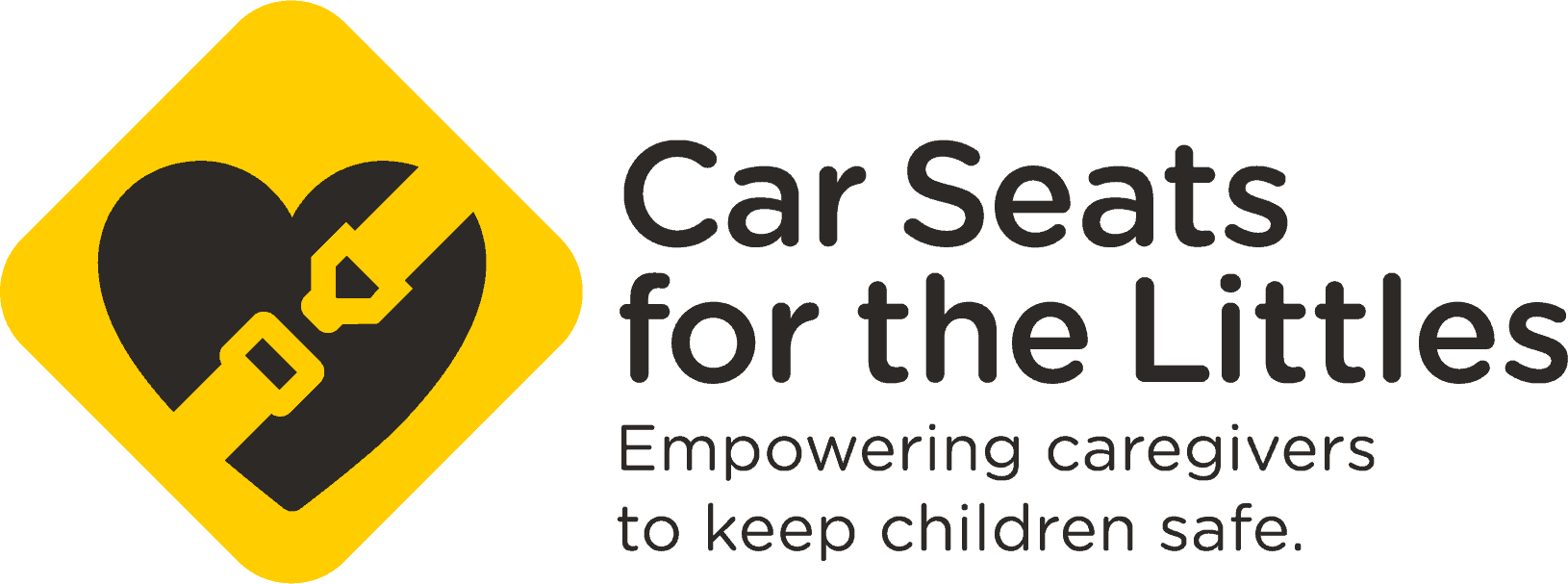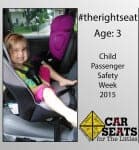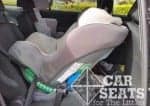The Safest Seat
Parents want to keep their kids safe, and as CPSTs it’s our job to help them do just that. Parents often ask us to point them to the safest seat on the market. There’s no simple answer to that question: the safest seat is the one that fits your child, fits your car, and that you use correctly every time. Age, height, and weight all matter when choosing a seat that fits your little. Research shows that children under age 2, no matter their size, should be in rear facing seats, and older children need boosters until they pass the 5 step test.










